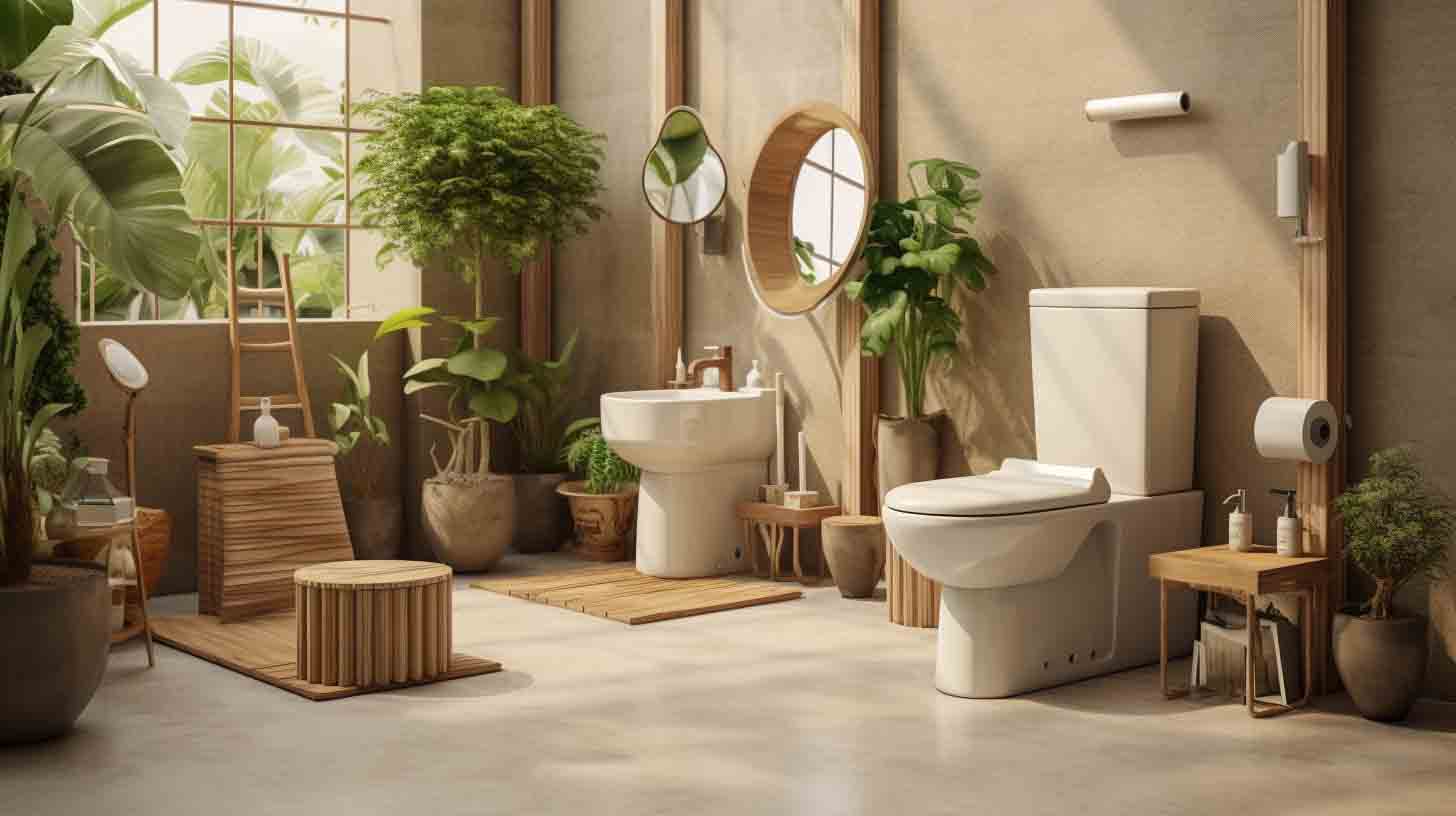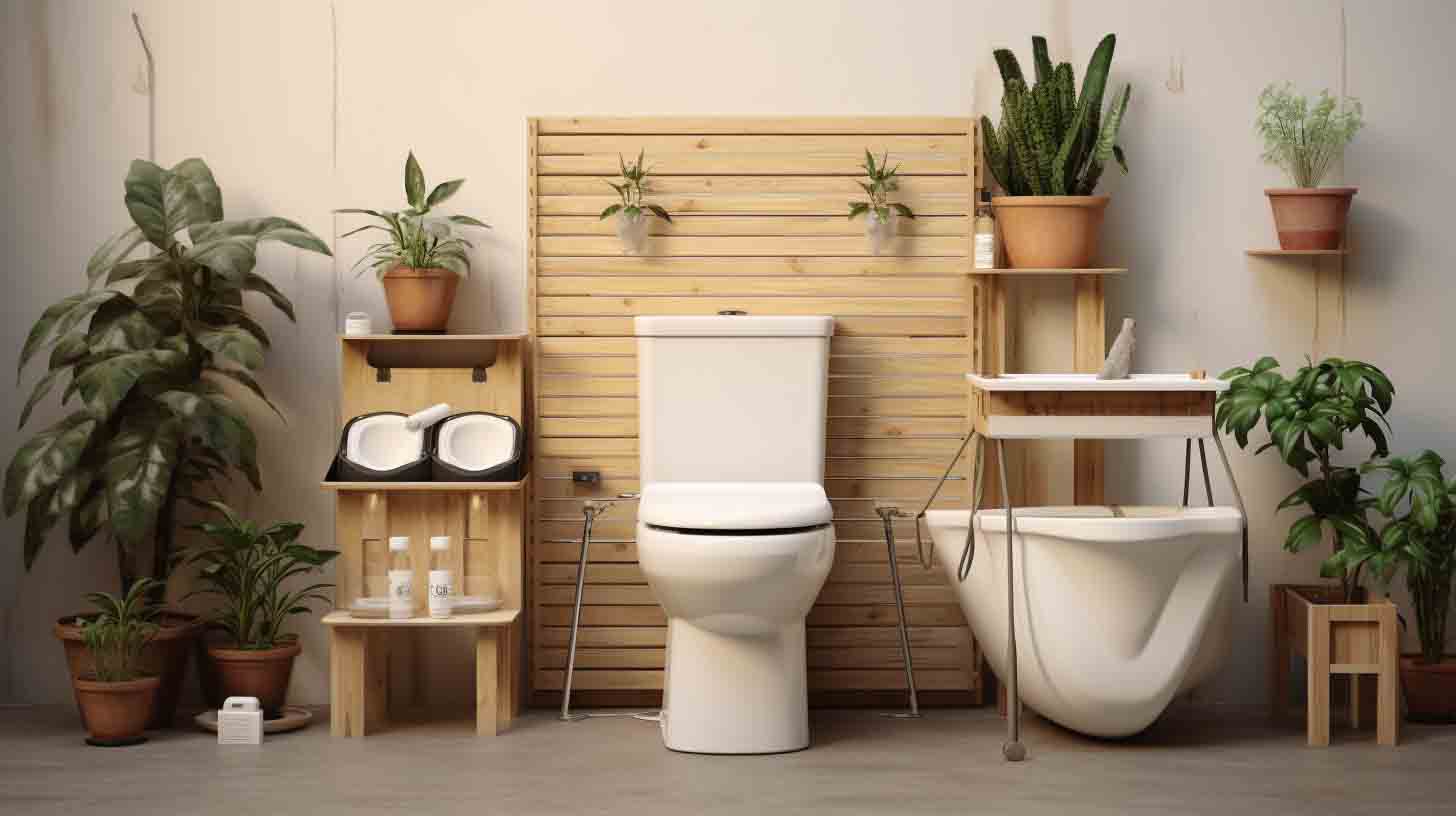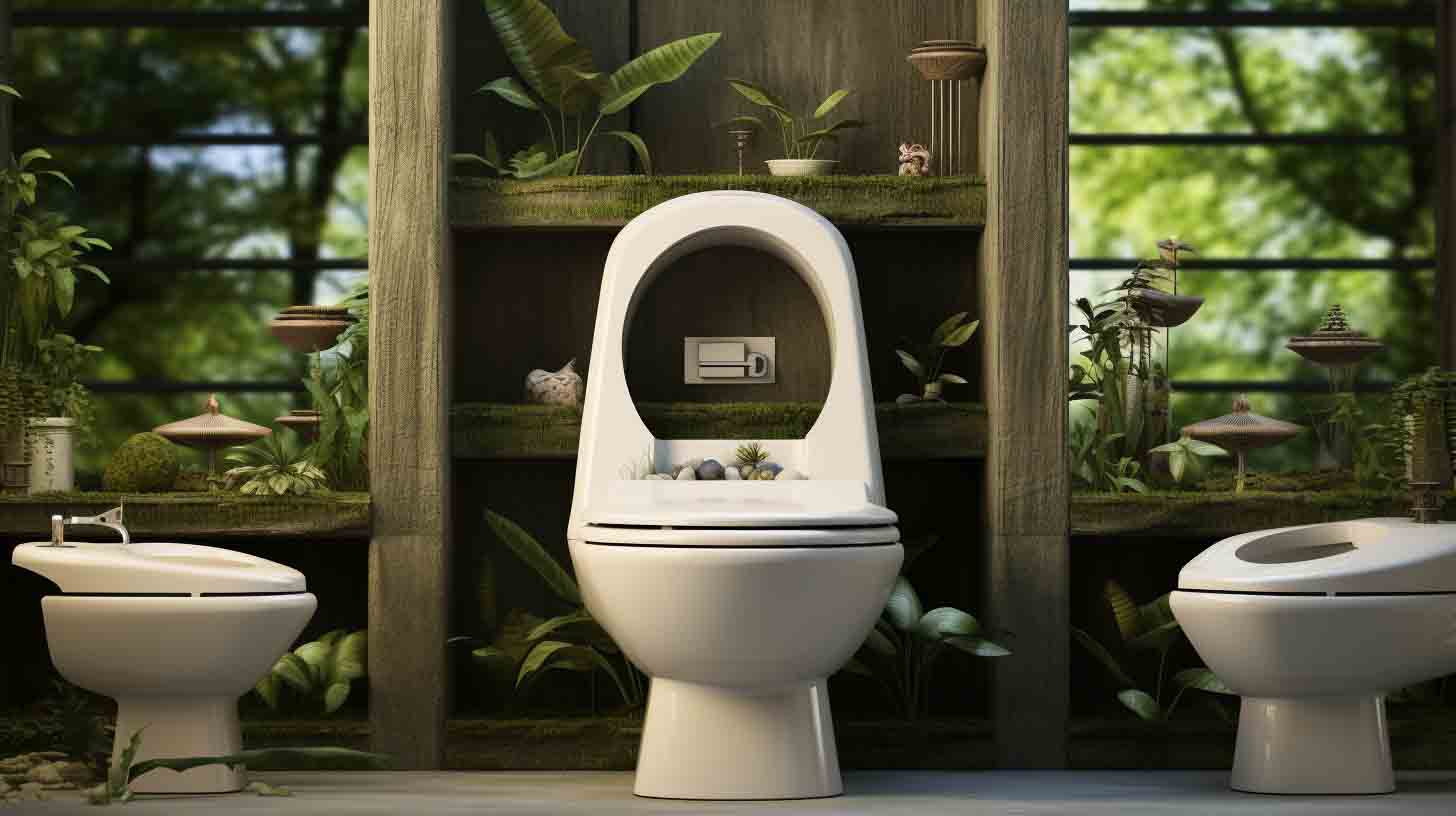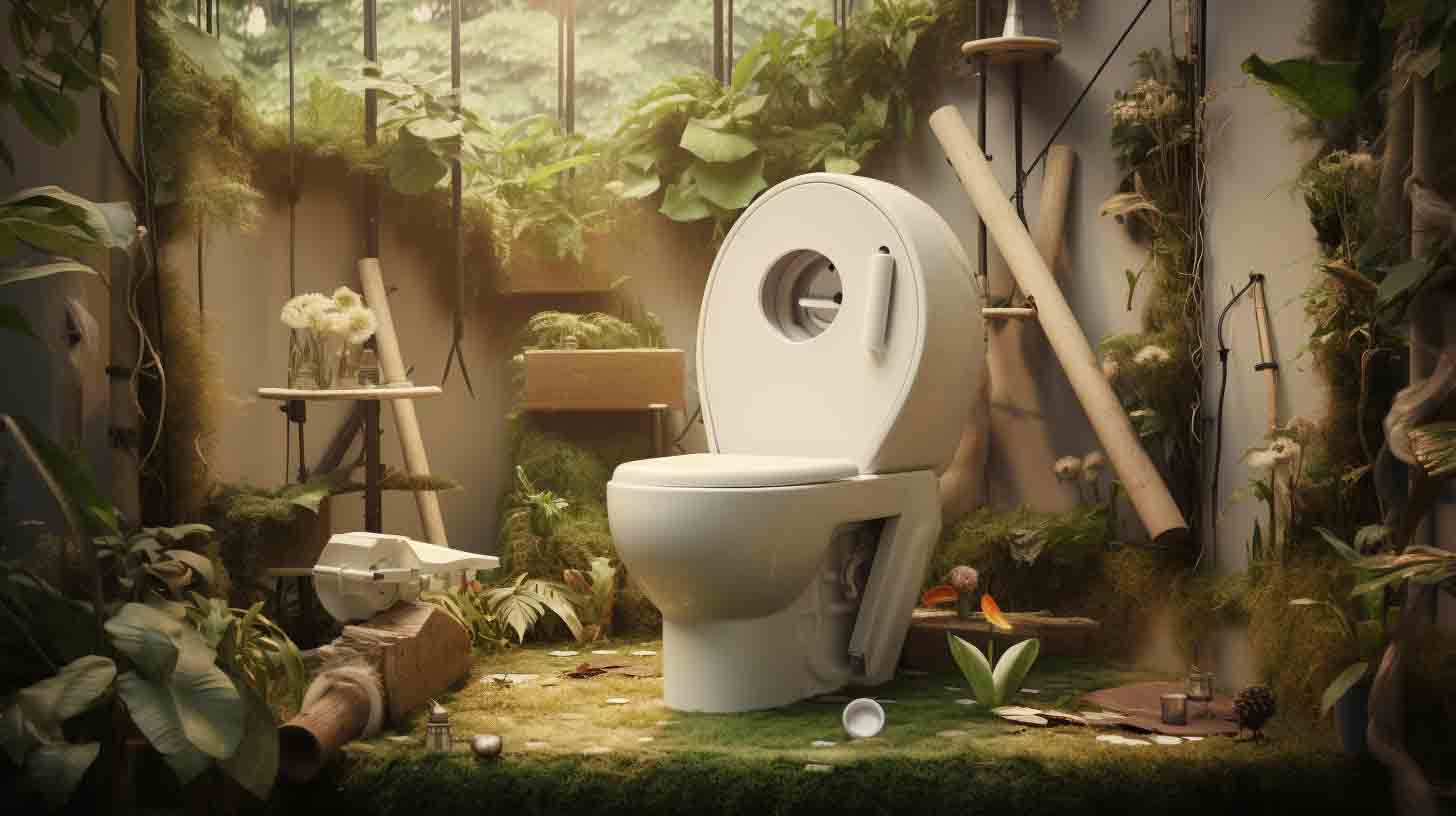When it comes to bathroom fixtures, comfort and accessibility are key considerations. One often overlooked aspect is the height of the toilet seat, which can greatly impact the overall comfort and convenience of using the bathroom.
In this discussion, we will explore the concept of comfort height toilets ?a design innovation that aims to raise the seat to a more ergonomic level. By delving into the benefits, ideal seat height, features to consider, and installation tips, we will unravel the mysteries behind comfort height toilets and shed light on why they have become increasingly popular among homeowners.
Join us as we uncover the secrets to raising the seat on comfort and discover how these toilets can transform your bathroom experience.

- Comfort height toilets are in high demand due to the increasing population with mobility needs and the desire for accessible bathroom fixtures.
- The ergonomic design of comfort height toilets raises the seat height, providing a more comfortable and natural sitting position while reducing strain on the knees and lower back.
- Features to consider in comfort height toilets include the flush mechanism (gravity-fed or pressure-assisted), dual flush options, and water-saving technology for cost efficiency.
- Comfort height toilets improve accessibility with their higher seat height, larger bowl, and wider base, promoting independence and reducing the need for assistance in the bathroom.
Comfort height toilets offer several benefits that make them a popular choice for homeowners and individuals with specific mobility needs. With the population aging and an increasing number of people experiencing mobility issues, the need for accessible and ergonomic bathroom fixtures has become paramount.
Comfort height toilets are designed with an ergonomic design that raises the seat height by a few inches compared to standard toilets, making it easier for users to sit down and stand up without straining their joints or muscles. This feature is especially beneficial for seniors and individuals with mobility limitations, as it reduces the risk of falls and promotes independence in the bathroom.
Additionally, comfort height toilets provide a more comfortable and natural sitting position, enhancing overall user experience. The ergonomic design of comfort height toilets is a testament to innovation in bathroom fixtures, catering to the evolving needs of the population.

The ideal seat height for comfort height toilets is determined based on ergonomic principles and user needs. Ergonomic design plays a crucial role in ensuring optimal user experience and comfort. The height of the toilet seat is carefully considered to provide a comfortable and natural posture for the user during toilet use. This helps to minimize strain on the knees and lower back, especially for individuals with mobility issues or those who find it challenging to sit and stand easily.
One key feature to consider in comfort height toilets is the flush mechanism. This component plays a crucial role in ensuring efficient and effective waste removal, preventing clogs, and maintaining overall hygiene. When selecting a comfort height toilet, it is important to consider design considerations and cost efficiency.
Design considerations include factors such as the type of flush mechanism, whether it is gravity-fed or pressure-assisted. Gravity-fed flush mechanisms rely on the force of water to flush waste down the drain, while pressure-assisted mechanisms use air pressure to create a more powerful flush. Additionally, some comfort height toilets offer dual flush options, allowing users to choose between a full flush and a half flush, which can help conserve water.
Cost efficiency is another important factor to consider. Some comfort height toilets may come with features like water-saving technology, which can help reduce water consumption and lower utility bills. Additionally, it is important to consider the overall durability and maintenance requirements of the flush mechanism to ensure long-term cost savings.
To help illustrate the different design considerations and cost efficiency features available in comfort height toilets, the following table provides a comparison:
| Flush Mechanism | Type | Water-saving Technology |
|-------------------|------------------------|------------------------|
| Gravity-fed | Traditional | No |
| Pressure-assisted | Modern and Powerful | No |
| Dual Flush | Versatile and Efficient| Yes |
Considering the flush mechanism, design considerations, and cost efficiency features will help ensure that you select a comfort height toilet that meets your needs for both comfort and functionality.

Improving accessibility in bathrooms, comfort height toilets offer a higher seat height than standard toilets, providing ease of use for individuals with mobility limitations or physical disabilities. Design considerations for comfort height toilets include the seat height, which is typically between 17 to 19 inches from the floor, compared to the standard height of 14 to 15 inches. This increased height allows users to sit down and stand up with minimal strain on their joints and muscles. Additionally, comfort height toilets often feature a larger bowl and wider base, providing stability and support for individuals with balance issues or limited mobility.
The impact of comfort height toilets on elderly individuals' independence is significant. By offering a higher seat height, comfort height toilets enable seniors to maintain their independence by reducing the need for assistance when using the toilet. This improved accessibility promotes dignity, as individuals can perform their personal hygiene routines with greater ease and confidence. Moreover, the use of comfort height toilets can reduce the risk of falls and injuries, as seniors can sit and stand from a more stable and ergonomic position.
When installing and maintaining comfort height toilets, it is important to follow these professional guidelines to ensure proper functionality and longevity. Proper plumbing connections are essential for the efficient operation of comfort height toilets. It is crucial to ensure that the toilet is securely attached to the floor and that all plumbing connections are tightly sealed to prevent leaks. Additionally, regular cleaning and disinfecting techniques should be employed to maintain a hygienic environment. Using mild, non-abrasive cleaners and disinfectants specifically formulated for toilets is recommended. It is important to avoid using harsh chemicals or abrasive cleaning tools that can damage the toilet's surface. Regular maintenance tasks such as checking and replacing flappers, fill valves, and wax seals should also be performed to prevent any potential issues. By following these installation and maintenance tips, comfort height toilets can provide optimal performance and durability.
| Guidelines for Installing and Maintaining Comfort Height Toilets |
|:---:|:---:|:---:|
| 1. Ensure proper plumbing connections | 2. Use mild, non-abrasive cleaners and disinfectants | 3. Securely attach the toilet to the floor |
| 4. Tighten all plumbing connections to prevent leaks | 5. Avoid using harsh chemicals or abrasive cleaning tools | 6. Regularly check and replace flappers, fill valves, and wax seals |

In conclusion, comfort height toilets offer numerous benefits, including improved accessibility and comfort for users. By raising the seat height, these toilets cater to individuals with mobility issues or those who prefer a higher seating position.
Features such as elongated bowls and efficient flushing systems further enhance the user experience. It is important to consider factors like installation and maintenance when choosing and maintaining comfort height toilets.
Overall, these toilets are a practical and functional choice for any bathroom.